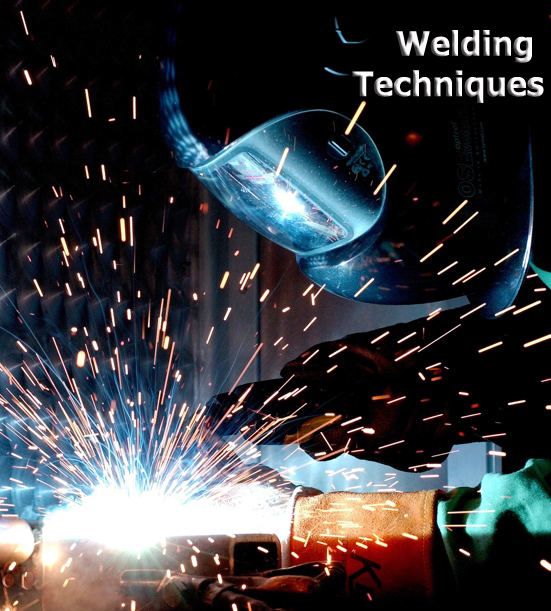
Whether it’s for DIY home maintenance or car repairs, welding is one of the most useful skills to have in your back pocket. When beginning your welding journey, it’s not just about having access to equipment; understanding basic welding techniques and their applications is vital to ensure high-quality results.
With a little knowledge of the best technique for your needs, your next welding project is sure to be a success.
How to Weld at Home: Core Techniques
Intermittent Technique Welding
Also known as stitch welding or skip welding, intermittent welding involves spacing out your welding points rather than having a long, continuous weld along the area. Many who work in construction favor this technique as it saves on material costs and helps to avoid heat distortion, but it is vital to measure the area correctly before getting started.
Tools such as the online Stitch Weld Calculator are excellent for welding beginners, offering an easy way to determine the number of beads you need to lay down and the distance between each bead.
Stringer Bead Technique Welding
This simple method involves dragging or pushing the welding torch across the joint in a straight line, creating a robust weld. Stringer bead welding is ideal for narrow joints, but as the electrode leads the dragging motion, it is vital to ensure that the electrode has actually fused with the original metal for maximum strength and durability.
Backstep Technique Welding
Often used to avoid metal distortion on thin or delicate areas, backstep welding involves traveling back to the previous bead deposit in narrow oval-like motions before moving forwards again. Although this technique is perhaps more complicated than stringer bead welding, It is particularly useful for distortion control, as it helps to counteract any shrinkage that may be caused by the bead cooling down.
Weave Bead Technique Welding
Ideal for wide joints, weave bead welding means working in a side-to-side motion along the area to create a pattern that covers the joint. There are a variety of weaving techniques, such as concave weaving and zig-zag weaving, so it’s best to practice your hand movements before beginning your welding project.
Multi-Pass Technique Welding
Also suitable for wider joints, multi-pass welding is a technique in which multiple passes are made across an area for improved strength. Multi-pass welding is fairly simple to master, and it is particularly effective for more heavy-duty tasks. However, be sure to allow your previous pass to cool before depositing another pass.
Tack Technique Welding
Designed to keep everything in position while you work, tack welds are small and temporary welds that hold parts together so that they are ready for welding. Although tack welds are only temporary, it is still important to let the tack penetrate the weld properly to ensure that everything stays in the correct position.
Welding Supplies for Beginners
At MuggyWeld, we specialize in providing premium welding equipment for professionals and beginners alike. From electrodes and flux to brazing and soldering torches, we have everything that you need to begin welding at home. Find our full product selection in our online welding supply store and start perfecting your welding techniques with MuggyWeld!
